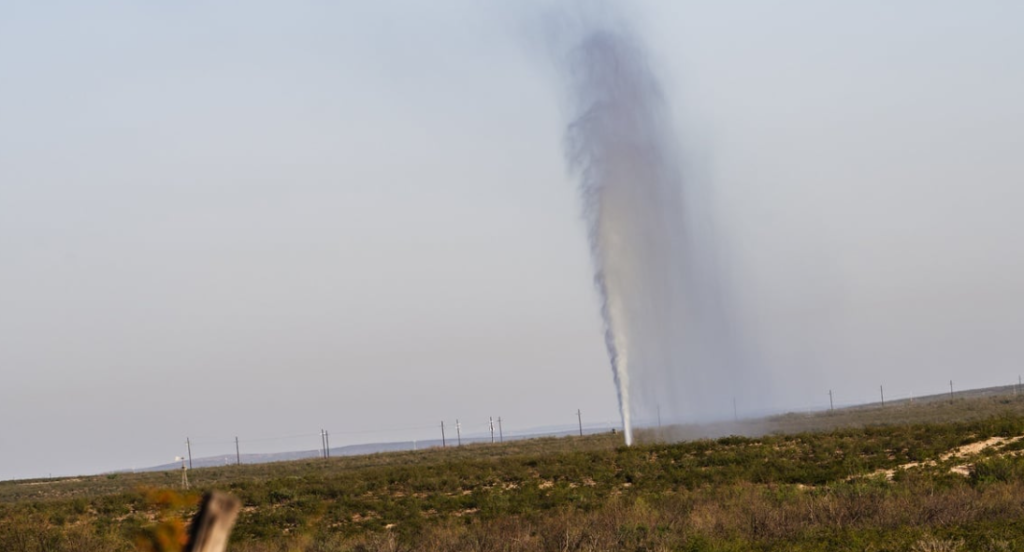Key Takeaways:
- Understand the importance of pressure control to prevent catastrophic well blowouts.
- Learn about techniques and technologies employed in managing well pressure effectively.
- Discover well blowouts’ human and environmental implications and how proper management mitigates these risks.
Introduction to Pressure Control
Pressure control is critical in the oil and gas, particularly when preventing well blowouts. As the industry evolves, companies like https://renegadewls.com/ focus on innovating reliable pressure management systems. These systems are essential for maintaining balance and mitigating risks associated with the uncontrolled release of oil and gas from wells. The role of pressure control cannot be underestimated, given its potential to prevent environmental disasters and protect human lives.
Fundamentals of Pressure Control
The Basic Principles
Pressure control in drilling operations involves maintaining the correct balance of fluids in the wellbore. This ensures that the drilling mud and other control substances counter the pressure the formation fluids exert. Forming fluids can enter the wellbore uncontrollably without proper pressure management, leading to potential blowouts.
Techniques Employed
Various techniques are utilized in pressure control to maintain a steady equilibrium. One of the most common methods is blowout preventers (BOPs), mechanical devices designed to seal, control, and monitor oil and gas wells. BOPs are vital in onshore and offshore drilling environments, where the stakes are exceptionally high. Another approach involves calculating and adjusting drilling mud weight and density to counteract subterranean pressures effectively.
Technological Innovations in Pressure Management
The rise of technology in pressure management systems has revolutionized how the industry handles potential blowout situations. Automated monitoring systems now provide real-time data on well pressure, allowing operators to make informed decisions swiftly. Moreover, advancements in hardware, such as enhanced BOP systems, have increased the reliability of these safety mechanisms, reducing the likelihood of failures.
Additionally, integrated software solutions allow for the seamless analysis of pressure data, helping to forecast potential problem areas. These technological strides improve safety and aid in optimizing the drilling process, reducing downtime, and maintaining operational efficiency.
The Human and Environmental Impact
Well, blowouts have historically had significant human, economic, and environmental consequences. The uncontrolled release of oil, gas, and other substances can lead to fires, loss of life, and ecological mental damage. However, these impacts can be substantially mitigated by implementing rigorous pressure control measures.
Statistics have shown that effective pressure management systems significantly reduce the likelihood of blowouts. The environmental benefits are particularly noteworthy, as they help preserve marine and terrestrial ecosystems that might be affected by oil spills. In addition to technological solutions, proper training and regulatory compliance are essential in ensuring personnel respond appropriately during emergencies.
Long-term Strategies for Safe Operations
The industry must adopt a comprehensive approach involving technology, training, and stringent oversight to safeguard against the risk of well blowouts. Regular drills and equipment maintenance ensure that all systems are in optimal working condition. Ongoing training programs for staff educate them about the nuances of pressure control, reinforcing their ability to act decisively and safely.
Aligning with bodies like regulatory agencies that set safety and environmental protection standards is also crucial. By following these regulations, companies uphold safety best practices, ensuring that operations remain safe and sustainable in the long run. Integrating technological advancements and human training fosters a resilient safety culture prepared to handle the complexities of modern drilling.

